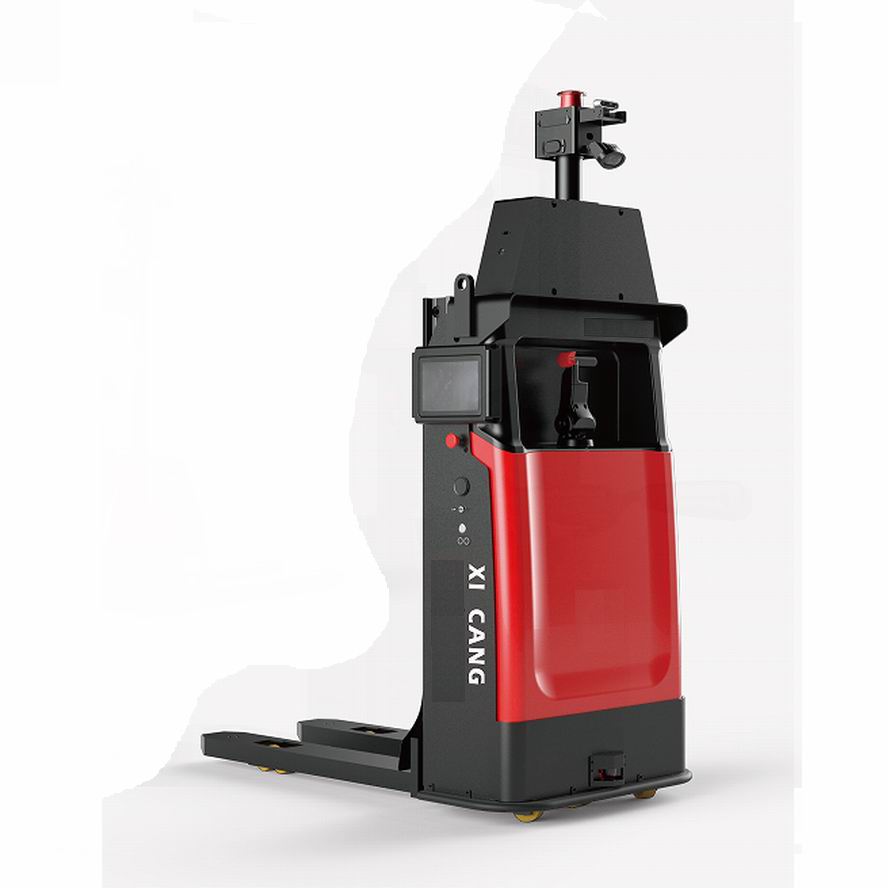LED electronic displays have evolved significantly over the years, and today, mechanized production is becoming increasingly popular among LED display manufacturers and large screen buyers. However, during the manufacturing process, there's an ongoing debate between machine insertion and manual insertion of LEDs. Our company's technical team has analyzed this issue from a professional perspective:
1. **Machine Insertion Process**: In this method, LED manufacturers purchase lamp beads from packaging factories. Once the lamps are in place, some manufacturers perform a sampling check to ensure that parameters like wavelength range, brightness, current value, and voltage tolerance meet the required standards. After verification, the tape machine is used to insert the LEDs into the circuit board. While this seems efficient, several issues may arise:
- Sampling checks can be inconsistent or skipped due to time constraints.
- LEDs are often not returned after being purchased, which can lead to color inconsistencies across modules or locations on the screen—this is often due to mixing different batches without proper sorting.
- Multiple machines may be used for the same display, leading to color variations due to differences in machine calibration.
- The LED legs may get bent during the insertion process, making future maintenance more difficult.
2. **Manual Insertion Process**: This involves purchasing high-quality LEDs from the packaging factory and performing a sample check before starting the process. The technician then cuts the LED legs and manually inserts them into the board. Although this method is labor-intensive, it offers certain advantages:
- Manual insertion reduces the risk of mixing different LED types, as the operator can carefully sort each component.
- The legs are less likely to bend, ensuring better long-term stability.
- However, manual insertion also has its challenges. Workers may lack awareness of static electricity, especially in winter when clothing made of synthetic materials increases static buildup. Without proper anti-static measures, this can damage the LEDs and reduce their lifespan.
- Additionally, the quality of the final display can vary depending on the season—LEDs inserted manually in summer tend to perform better than those inserted in winter due to lower static levels.
In conclusion, while machine insertion offers speed and efficiency, manual insertion provides greater control, consistency, and quality in the long run. From both a theoretical and practical standpoint, manual insertion of LEDs is often superior for creating high-quality large LED screens. Whether you believe it or not, the results speak for themselves.
Specification information:
Weighing limit: 1.5 tons
Charging method:
Manual charging: When the AGV reaches the charging position, the warning light flashes and warning music sounds.
Automatic charging: When the AGV reaches the charging position, it starts charging after confirming the information when starting the charging station. It is suitable for 24-hour long-term work projects.
Function introduction: LiDAR positioning, active cruise control, and active obstacle avoidance.Increased Storage Capacity: Thin-backed stacking forklifts allow for higher storage density in warehouses, maximizing the use of available space.
Improved Efficiency: The narrow aisle capabilities of these forklifts reduce travel distances and improve overall operational efficiency.
Reduced Costs: By optimizing storage space and improving efficiency, thin-backed stacking forklifts can help businesses reduce costs associated with warehousing and logistics.
Enhanced Safety: The safety features built into these forklifts help to prevent accidents and injuries.
Considerations:
When selecting a thin-backed stacking forklift, it is important to consider the following factors:
Lift Capacity: Ensure that the forklift has the capacity to handle the weight of the loads you need to move.
Lift Height: Determine the maximum height you need to reach for your storage needs.
Battery Capacity: Consider the battery capacity and charging requirements to ensure adequate operating time.
Maneuverability: Assess the forklift's turning radius and maneuverability to ensure it can operate effectively in your specific warehouse layout.
Operator Comfort: Choose a forklift with ergonomic features to enhance operator comfort and reduce fatigue.
Safety Features: Look for forklifts equipped with safety features to protect operators and equipment.
By carefully considering these factors, you can select a thin-backed stacking forklift that meets your specific storage and handling requirements and provides efficient, safe, and cost-effective operations.Lift Capacity: Ensure that the forklift has the capacity to handle the weight of the loads you need to move.
Lift Height: Determine the maximum height you need to reach for your storage needs.
Battery Capacity: Consider the battery capacity and charging requirements to ensure adequate operating time.
Maneuverability: Assess the forklift's turning radius and maneuverability to ensure it can operate effectively in your specific warehouse layout.For storing and retrieving pallets in high-density storage facilities.
Distribution Centers: For handling and transporting goods in distribution operations.
Manufacturing: For moving materials and finished products within manufacturing plants.
Retail: For stocking shelves and managing inventory in retail stores.
Cold Storage: For handling and storing frozen or refrigerated goods in cold storage facilities.


Operator Comfort: Choose a forklift with ergonomic features to enhance operator comfort and reduce fatigue.
Safety Features: Look for forklifts equipped with safety features to protect operators and equipment.
high-density storage ,narrow aisle storage, logistics
Jiangsu Xicang Intelligent Technology Co., Ltd. , https://www.xciwarehousing.com